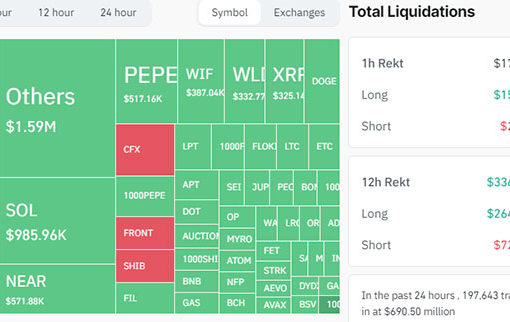In twelve years, the 9-page technical paper has turned into a worldwide famous project with over $256 billion capitalization without fundraising, marketing budget, office, and employees. And the best you can do today is to reread the document and make sure that genius is simplicity.
Bitcoin (BTC) enthusiasts are celebrating a big day: twelve years ago, on October 31, 2008, Satoshi Nakamoto published the Bitcoin white paper. Called “Bitcoin: A Peer-to-Peer Electronic Cash System”, the revolutionary text became a guide on Bitcoin transactions and predicted a bright future for the currency. As well as January 3, 2009, when the first block on the Bitcoin blockchain appeared, this day marked one of the key dates in Bitcoin history.
First of all, the Bitcoin white paper discusses the web’s reliance on trusted third parties such as banks and credit card companies to process electronic payments. Further, the guide outlines the steps for running the peer-to-peer network, explains what issues Bitcoin can handle and describes Bitcoin’s advantages over traditional money.
In twelve years, the 9-page technical paper has turned into a worldwide famous project with over $256 billion capitalization without fundraising, marketing budget, office, and employees. And the best you can do today is to reread the document and make sure that genius is simplicity.
Ahead of its important day, BTC managed to hit the mark of $14,000 which is the highest level since January 2018. As of the moment of writing, the Bitcoin price totals $13,846.
Other Milestone Events in Bitcoin History
The top digital currency can boast a rich history. Back in 2008, the domain name bitcoin.org was registered. Then, Nakamoto published Bitcoin white paper. On January 3, 2009, Satoshi mined the genesis block (block number 0), allowing him to amass a mining reward of 100 bitcoins. In such a way, Bitcoin was brought to life. A week later, the first-ever bitcoin transaction took place, when a transaction from Nakamoto to programmer Hal Finney was conducted. In October 2009, the first BTC/USD course was published: 1 USD was worth 1,309.03 BTC. Besides, a public sale on the New Liberty Standard stock exchange started.
In May 2010, a programmer from Las Vegas made the first-ever purchase with Bitcoin. Laszlo Hanyecz bought Papa John’s pizza for 10,000 coins (or $25 USD – Bitcoin value was 0.0025 cents for 1 coin). The deal has made it into history, 22 May became a great day for the Bitcoin community, and Laszlo Hanyecz will forever stay “Bitcoin Pizza Guy”. A month after the deal, Bitcoin exchange rate increased 32 times, to $0.08 per BTC.
The next milestone in Bitcoin development was in August 2010. Then, the first hack made the price of BTC to drop dramatically.
In 2011, Bitcoin faced competition as other altcoins appeared. However, rivals did not disturb BTC from gaining traction among merchants. By 2012, more than 1,000 merchants accepted BTC with its services.
In early 2013, the number of Bitcoin transactions exceeded 10,000. Besides, the coin’s price surpassed the $31,91 mark, and its market cap reached $1 billion. Next year, Bitcoin continued gaining mass adoption. Movies and songs celebrating bitcoin came out. In 2015, Bitcoin price hit another record, $262 per coin. 160,000 merchants said they accepted BTC for payment. In the next three years, Bitcoin’s price increased further. Besides, regulatory bodies across various countries started thinking of ways to handle BTC legal issues.
By 2020, Bitcoin has become the leading cryptocurrency. More and more people pay attention to the coin and consider it a good investment. Despite the current tough conditions, Bitcoin continues to dominate the total cryptocurrency market cap.
Daria is an economic student interested in the development of modern technologies. She is eager to know as much as possible about cryptos as she believes they can change our view on finance and the world in general.




